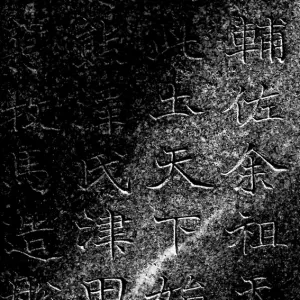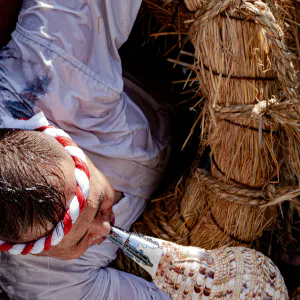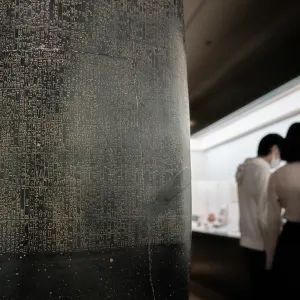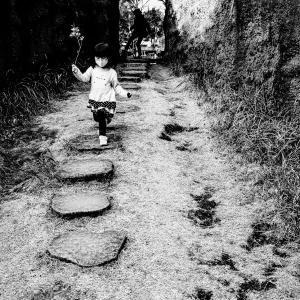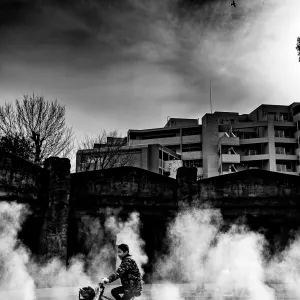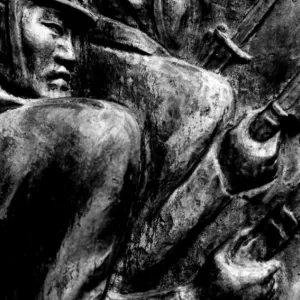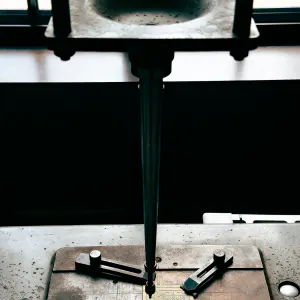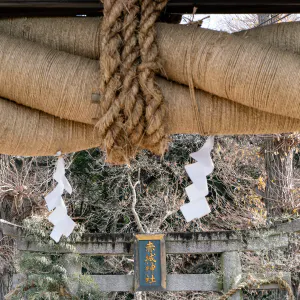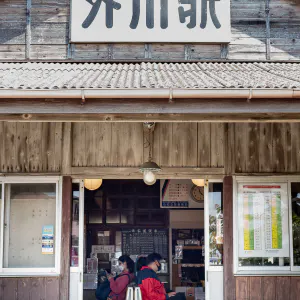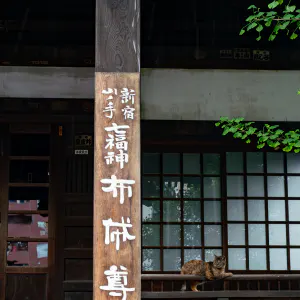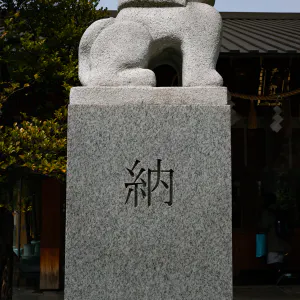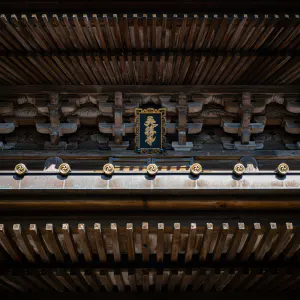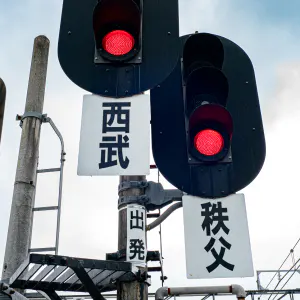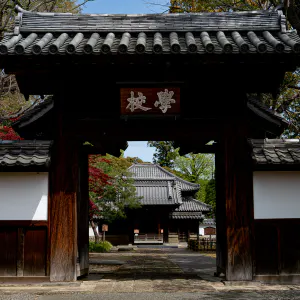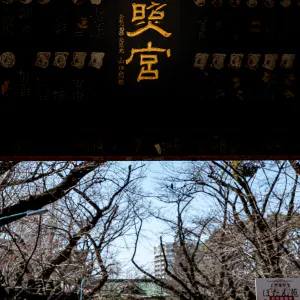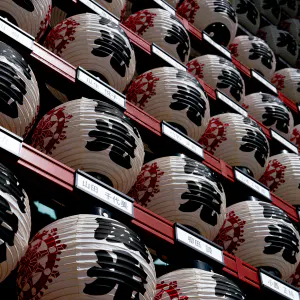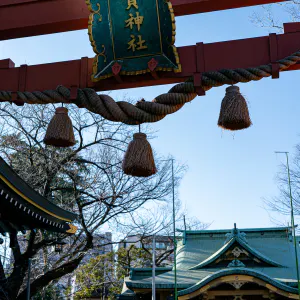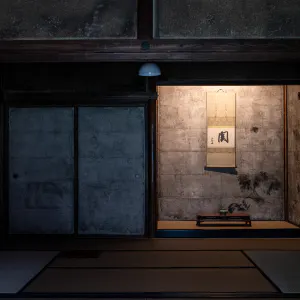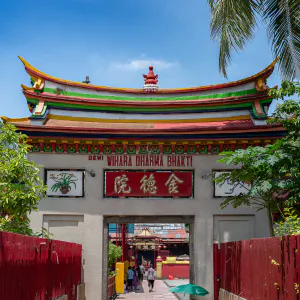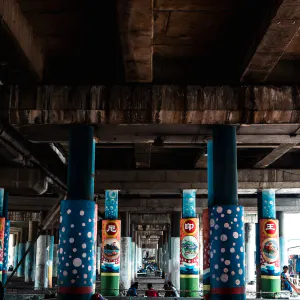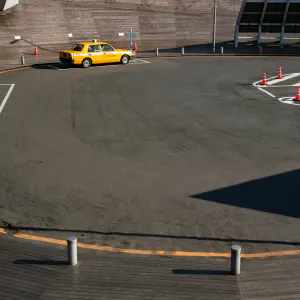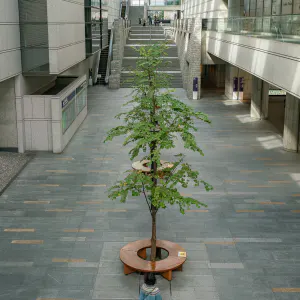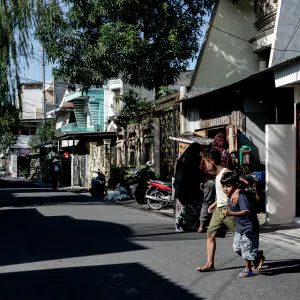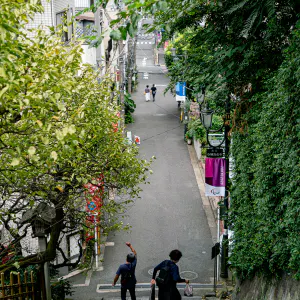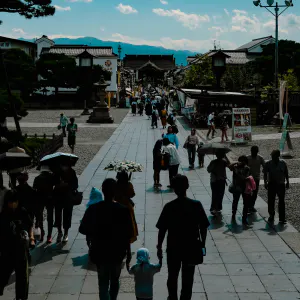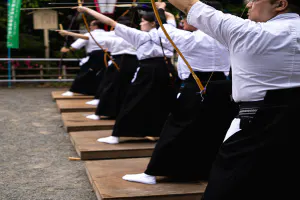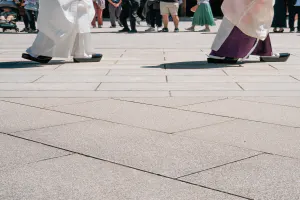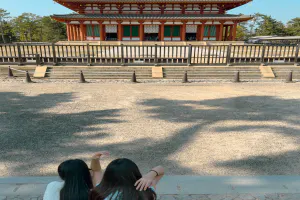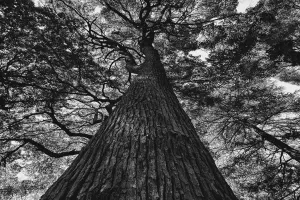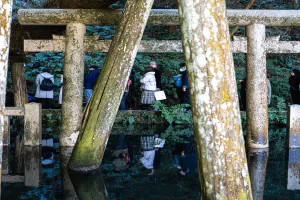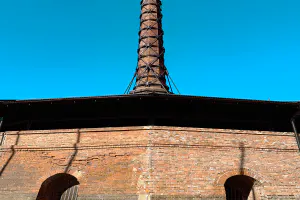モースの貝塚発見を記念する石碑は品川区と大田区にふたつある
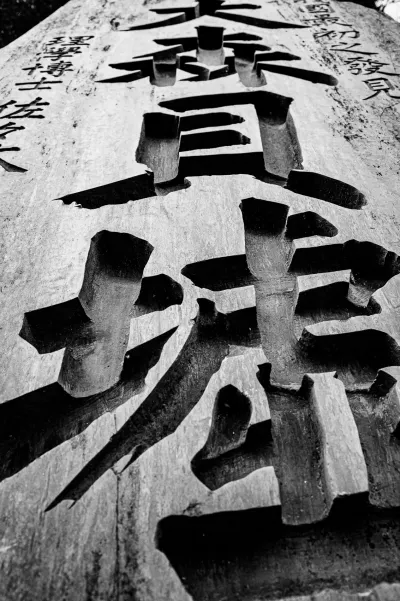
After passing through a path beside a large building in Omori, you will soon reach the side of the railroad tracks. When I turned my head to the side, I saw a large stone monument standing there. The name "Omori Shell Ruin" was written in large letters on a stone monument over two meters high. This was a shell mound that Dr. Morse had found on his way from Yokohama to Shimbashi. I knew of its existence, but this was my first visit.
I was surprised that the Omori Shell Mound, which is said to be the birthplace of Japanese archaeology, was quietly located in a narrow space between a large building and the JR tracks, but what surprised me more was that this was not the only place where a monument commemorating Morse's shell mound discovery stood.
The other monument, the Omori Shell Mound Monument, stands in the Omori Shell Mound Ruins Garden, about 300 meters north of here, also beside the JR tracks. The reason why the two monuments are standing in different places is, for a long time, it was unclear whether it was the Omori Shell Mound Ruins monument in Ota Ward or the Omori Shell Mound Ruins Garden in Shinagawa Ward, because Morse himself did not describe the location of his excavation in detail.
While the Omori Shell Mound monument was erected in Shinagawa Ward by the founder, Mr. Hikoichi Motoyama, president of the Osaka Mainichi Newspaper and an archaeologist, the Omori Shell Ruins monument was erected in Ota Ward based on the memory of Mr. Chujiro Sasaki, who was actually involved in the excavation of the Omori Shell Mound. It was like a battle between the original and the authentic.
As a result, a subsequent survey revealed that the location of the Omori Shell Mound monument was the Morse Shell Mound, and the surrounding land was developed into the Omori Shell Mound Ruins Garden. Knowing this background, it is a little more interesting to look at this stone monument. Since it stands in a place unrelated to the Morse shell mound, the huge monument has already lost its reason for standing there. I wonder if it is because of its size that it continues to exude a sense of presence even without a raison d'etre.
大森にある大きなビルの脇にある小道を抜けるとすぐに線路脇に到達する。横を向くと大きな石碑が立っていた。大森貝墟碑だ。2メートルを超える石碑に大きく大森貝墟と書かれている。ここはモース博士が横浜から新橋へ向かう途中で見つけた貝塚、モース貝塚だ。存在は知っていたものの、訪れたのは初めてだった。
日本の考古学発祥の地とも言われる大森貝塚が大きなビルとJRの線路に挟まれた狭い場所にひっそりとあるのにも驚いたけれど、もっと驚いたのはモースの貝塚発見を記念する碑が立っているのはここだけではないことだ。
もうひとつの記念碑・大森貝塚碑はここから北に300メートルくらい行った、同じようにJRの線路脇にある大森貝塚遺跡庭園に立っている。なぜふたつの碑が別々の場所に立っているのかというと、どちらの場所がモースの発見した貝塚なのかはっきり分からなかったからだ。モース自身が発掘した場所を詳細には記さなかったために、品川区にある大森貝塚遺跡庭園のところなのか、大田区にある大森貝墟碑が立っているところなのか、長いこと分からなかったのだ。
大坂毎日新聞社社長で考古学者でもあった本山彦一氏を発起人とし、品川区に大森貝塚碑が建てられたのに対し、大森貝塚の発掘に実際に携わった佐々木忠次郎氏の記憶をもとに、大田区に大森貝墟碑が建てられ、どちらが本当のモース貝塚なのかという論争があったのだという。まるで本家と元祖の真贋争いのようだ。
結果としては、その後の調査で大森貝塚碑の場所がモース貝塚ということが分かり、周辺の土地が大森貝塚遺跡庭園と整備され今に至っている。その経緯を知ってから、この石碑を見るとちょっと味わい深いものがある。モース貝塚と関係ない場所に立っているのだから、巨大な石碑はそこに立っている理由をすでに失くしてしまっている。レーゾンデートルは無くとも存在感を放ち続けているのは、やはりその大きさゆえだろうか。
| 2021年7月 静物 東京 | |
| 漢字 大森 石碑 |
PHOTO DATA
No
11971
撮影年月
2021年1月
投稿日
2021年07月18日
更新日
2023年08月19日
撮影場所
大森 / 東京
ジャンル
静物写真
カメラ
RICOH GR III
